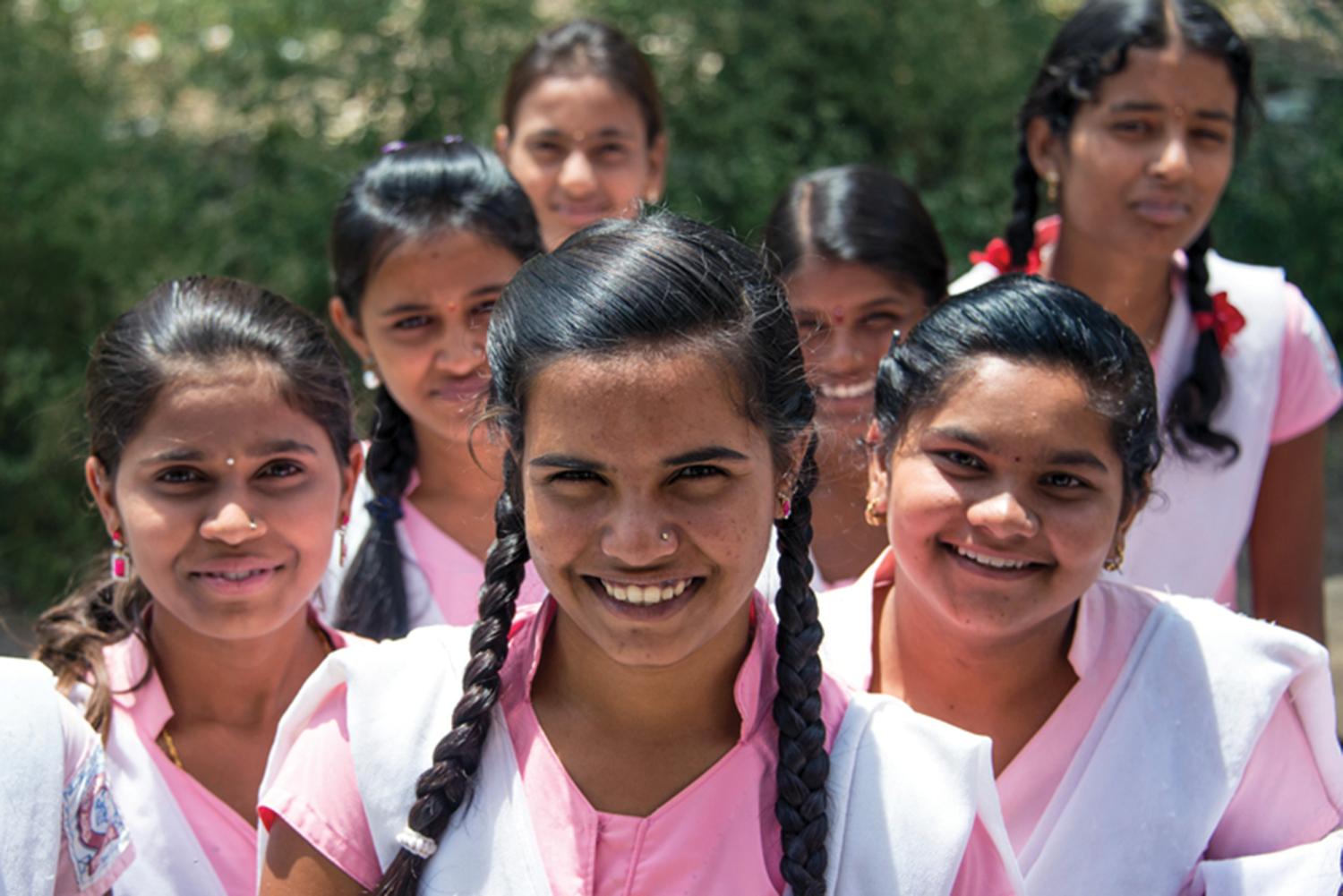This working paper will share the experience of Ashta No Kai (ANK), a grassroots nonprofit the author founded in 1998 in 10 villages in Shirur County, Maharashtra state, India, to promote the empowerment and education of women and girls in rural areas. The paper will, at first, examine the state of education in India including the Indian government’s policies and programs that are attempting to address the gender gap in girls’ education. Next, the barriers that girls in rural areas face to access their right to an education will be discussed followed by an introduction of various holistic, need-based, and low-cost educational interventions that ANK has initiated to address some of these impediments. Findings will then be reported from quantitative and qualitative surveys conducted, as well as case studies to gauge the impact of these interventions. Finally, the paper will propose evidence-based recommendations of integrated and sustainable strategies and approaches as guidance to policy practitioners to help promote educational outcomes and enhanced agency for adolescent girls to better navigate their world.
In this video, Armene Modi, 2017 Echidna Global Scholar, describes her work in education with girls in rural India.
The status of adolescent girls’ education is a matter of grave concern worldwide. For far too long, the right to an education has been denied to millions of girls, simply because they are girls. Despite major strides made in reducing the gender gap in primary education, there continue to be significant barriers to adolescent girls’ education and empowerment. A recent UNESCO Institute for Statistics (UIS) report indicates that of the 263 million children and adolescents not in school, 130 million are girls, mostly from developing countries, who confront the greatest challenges. Major barriers keep millions of girls out of school, denying them their right to lead lives of human dignity and equality. As an example, in rural India, girls must overcome the formidable obstacles of poverty, patriarchy, and child marriage to access their right to an education.
To address the crisis in girls’ education, countries around the world are making concerted efforts to achieve the U.N.’s Sustainable Development Goals of quality education and gender equality by 2030. Various government policies and international, national, and civil society organizations are trying to bridge the gender gap in education, realizing the huge dividend it can pay in overcoming poverty and creating a more just and equitable world for all.
This working paper will now proceed to describe the various interventions ANK initiated to address some of the barriers to education that adolescent girls encounter. In 1998, the situation for girls’ education in ANK villages was similar to that in many other parts of rural India. There were a high number of adolescent girl dropouts, and child marriages were common. The multiple challenges of poverty, ignorance, and rigid social traditions continued to keep girls out of school. Societal roles and expectations in the villages dictated that the only options for girls once they reached puberty was marriage. A further barrier girls often faced was distant high schools. While parents had no hesitation in buying bicycles for their sons to access schools, they felt it was an unnecessary expense for their daughters. In an attempt to facilitate adolescent girls’ access to education, ANK launched a Bicycle Bank, a low-cost intervention to give rural girls the opportunity to access high school. At the same time, the nonprofit added a Life Skills Education (LSE) component to promote girls’ empowerment and their overall development. Later, when girls expressed a desire to pursue higher education, ANK started a scholarship program. Subsequently, with rising incidents of sexual violence in the villages, it also launched a karate program.
Anecdotal evidence seemed to indicate that ANK’s needs-based approach had positively impacted many of its beneficiaries. Introducing the interventions at key tipping points (pivotal, life changing moments) in girls’ lives seemed to have made an impact in not just enabling girls to access school, but also in increasing their retention rates and motivating them to pursue further education. Moreover, the general observation in the villages was that the interventions had resulted in reducing the high number of child marriages. However, since no formal study had been conducted, no hard data or evidence was available to support these observations.Hence, in order to bridge the evidence gap, ANK undertook qualitative and quantitative surveys, along with case studies, to examine whether two of ANK’s interventions—the Bicycle Bank and LSE—had in fact led to an increase in adolescent girls’ enrollment rates, a reduction in their dropout rates, and encouraged their pursuit of further education beyond secondary school. In addition, the surveys also sought to assess whether the two interventions had saved girls from early marriages.
This working paper considers the state of education in India, and the programs that the Indian government has launched to promote girls’ education. A detailed discussion of the barriers that stand in the way of girls’ education in India will follow. Next, ANK’s various interventions to address some of the barriers will be described. This will be followed by a report of findings from surveys ANK conducted to gauge the impact of these interventions. Finally, recommendations will be offered based on evidence gleaned from the surveys as guidance to help promote both the empowerment of and educational outcomes for adolescent girls.
Download working paper here »
Photography credit: Deb Clearwater/Embraced Photography
The Brookings Institution is committed to quality, independence, and impact.
We are supported by a diverse array of funders. In line with our values and policies, each Brookings publication represents the sole views of its author(s).








